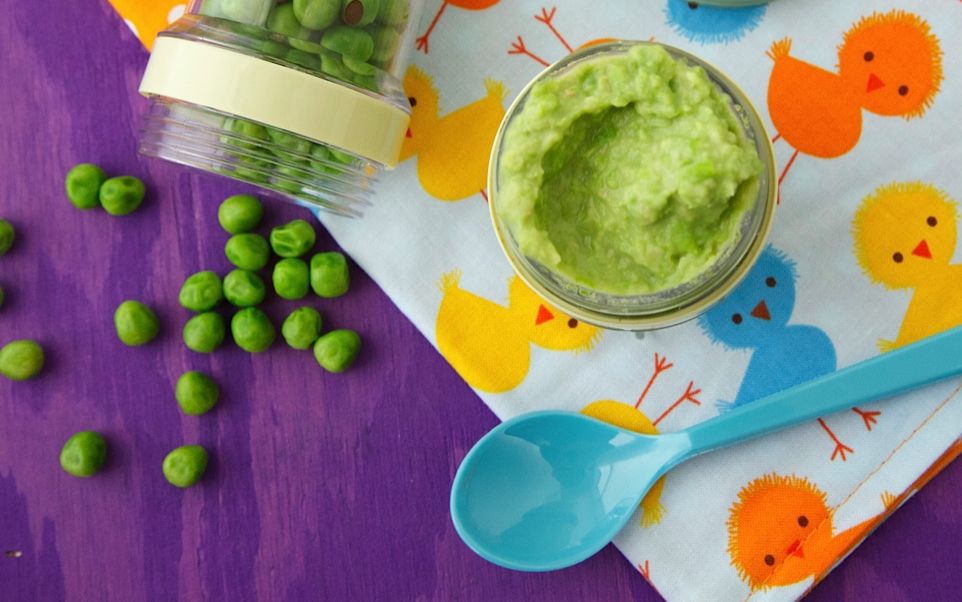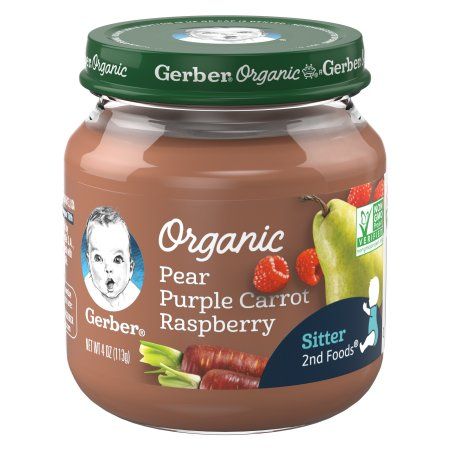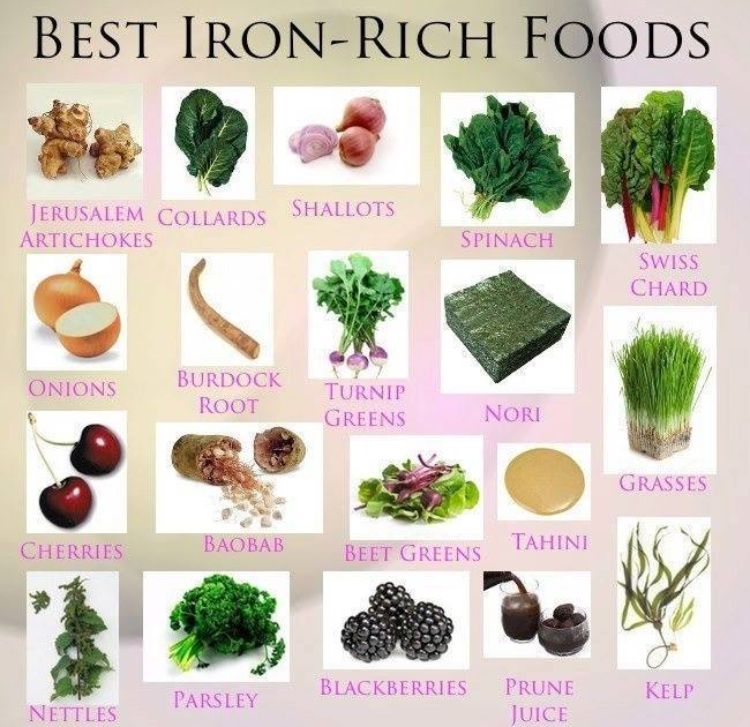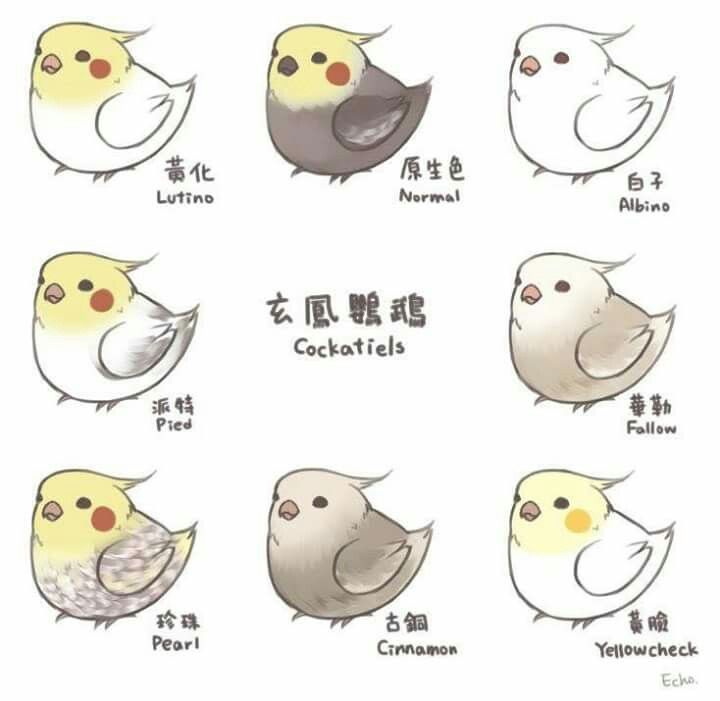Feeding a 3 month old baby cereal
When Can You Start Feeding Your Baby Rice Cereal
Adding solid foods to your baby’s diet is a big milestone, and you may be wondering when to begin the process and what foods to start with. In the past, single grain infant cereals have been the traditional first choice when transitioning to solid foods, with rice cereal being one of the more popular ones. These days, though it is still OK to start with cereal, experts say that there is no evidence that introducing foods in a certain order provides any advantage for your baby (though babies do tend to like cereal).
Keep in mind that experts highly recommend giving rice cereal as part of a mixed diet of single ingredient choices, rather than as an exclusive food.
Find out how to safely give rice cereal to your baby, and what other infant cereals you might want to give instead.
What Is Rice Cereal?
Rice cereal for babies has been a traditional first food for infants who are being introduced to eating solids. The most common type is a dry powdered cereal, to which liquid is added to form an oatmeal-like consistency, but it can also be purchased premixed. It's one of the single grain cereals that have been recommended for infants when they start on solid foods.
Is Rice Cereal Safe for Your Baby to Eat?
It’s OK to include rice cereal in your baby’s diet as long as you’re not exclusively feeding your baby rice cereal.
The reason experts recommend rice cereal be limited is because of the naturally occurring levels of inorganic arsenic in rice (in this case inorganic refers to the arsenic’s specific chemical compound bound with carbon).
As rice is grown, the plant absorbs more inorganic arsenic from its environment compared to other crops. Arsenic is a naturally occurring element that can enter the food supply through water, soil, or air.
When body weight is considered, a baby’s intake of inorganic arsenic through rice cereal could be three times more than an adult’s.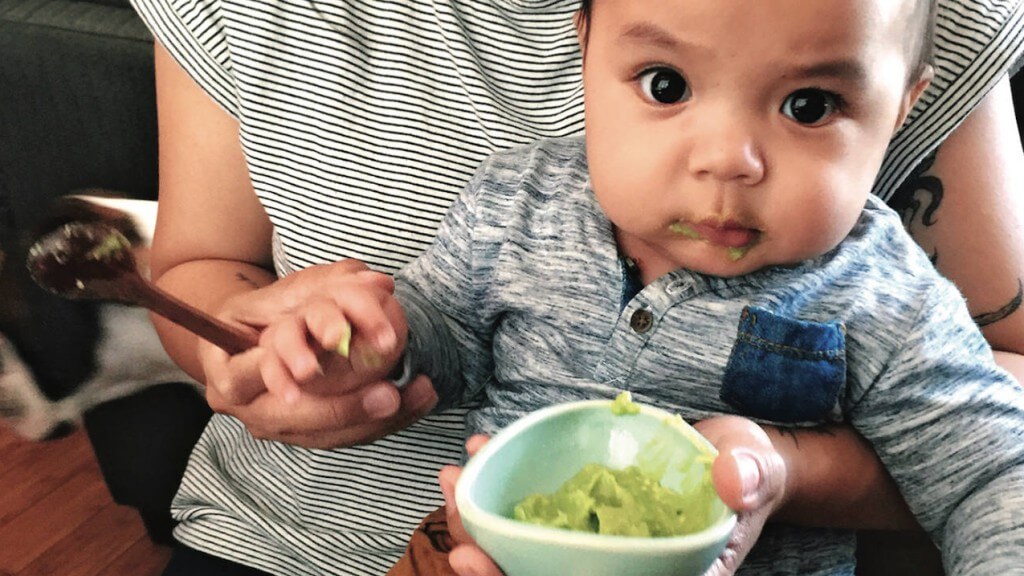 Eating too much rice cereal as an infant can cause long-term health problems.
Eating too much rice cereal as an infant can cause long-term health problems.
What Infant Cereals Can You Give Your Baby Instead of Rice Cereal?
Instead of rice cereal, you can offer another single grain infant cereal such as oat or barley cereal. You can find many of these infant cereals in premixed or dry versions to which you would add breast milk, formula, or water to create a consistency that your baby will like.
Look for cereals that are specifically made for babies because they will be fortified with nutrients like iron and zinc that your baby needs.
Just remember that when introducing new foods — including different types of infant cereals — do so gradually, offering one new food at a time, and then waiting a couple of days before adding another food, to watch for any possible allergic reactions. Once your baby has become accustomed to eating solids, feel free to offer a variety of single ingredient, soft foods.
How Many Times a Day Should You Feed Your Baby Infant Cereal?
When your little one is just starting on solids, spoon-feed your baby a small amount of infant cereal once or twice a day, ideally just after he’s been bottle-fed or breastfed. Start with one or two teaspoons of cereal so that your baby can get accustomed to this new food.
Eventually you can introduce other foods one at a time—and you can even make your baby’s food at home.
Are Other Rice Products Safe to Give Your Baby?
Not necessarily. You can give rice to your older baby as part of a varied and balanced diet. However, it’s best to avoid certain rice-based products like rice syrup, often used as a sweetener in processed foods, as well as rice milk, which should not be used as a substitute for cow's milk.
If your child has turned 1 and is sensitive or allergic to cow’s milk, your healthcare provider will be able to recommend milk alternatives if needed, and can also weigh in on any rice products you’re considering giving.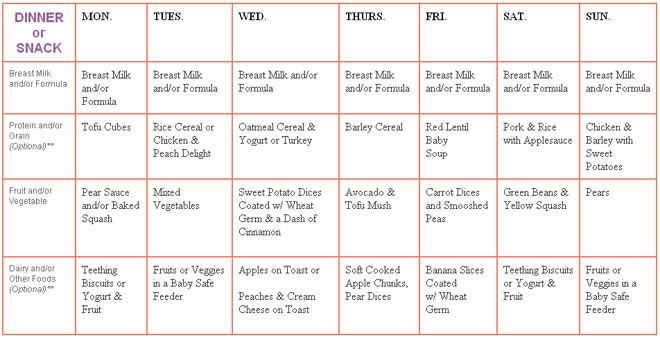
At What Age Should You Start Feeding Your Baby Infant Cereals?
For most babies, 6 months is a good age to start to introduce solid foods, which can include infant cereals. Breast milk or formula will continue to provide most of your baby's nutrition for the first 12 months.
Waiting until this age is important because by this point your baby would have outgrown a natural reflex that all babies are born with that causes them to push their tongue against anything inserted into their mouths. Most babies grow out of this tongue thrust reflex between 4 and 5 months.
Can You Give a Baby Younger Than 6 Months Infant Cereals?
Most babies are not ready for solid foods, including infant cereals, until they are about 6 months old, though some babies could be ready a month or two earlier. Experts recommend that babies be breastfed or bottle-fed (with expressed breast milk or formula until 6 months of age.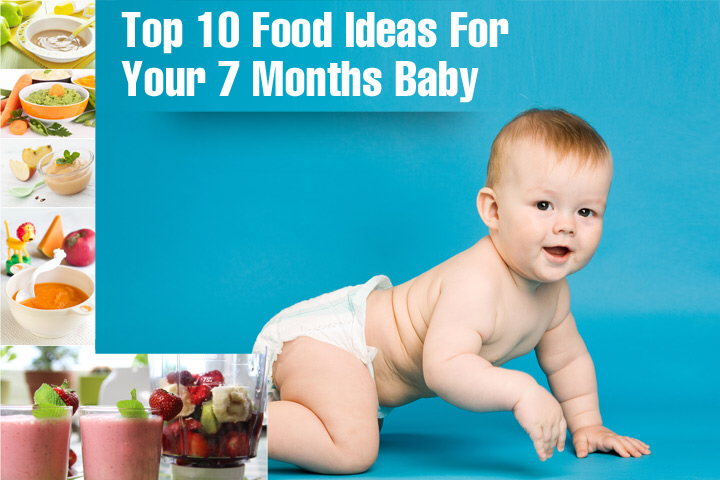
How Do You Prepare Dry Infant Cereal for Your Baby?
If you’re using dry cereal, mix one tablespoon of dry cereal with four tablespoons of breast milk, formula, or water; or follow the recommended directions on the container.
Be sure not serve the cereal from a bottle for reasons we mention in the next section. Gradually, you can add less liquid to the dry cereal to find a thickness your baby likes.
Can You Feed Your Baby Cereal in a Bottle?
Although this might be a practice you’ve heard of, don't feed your baby cereal in a bottle unless your baby’s healthcare provider says otherwise. Feeding your baby through a bottle can lead to unnecessary calories—she may consume more food than she actually needs.
Although rice cereal may have been a popular choice, experts now say there are other infant cereals and first foods that may be safer for your baby. If you’re ever unsure about which infant cereal to give, or need advice about expanding your baby's menu, reach out to your baby’s healthcare provider for advice.
If you’re ever unsure about which infant cereal to give, or need advice about expanding your baby's menu, reach out to your baby’s healthcare provider for advice.
As your baby transitions to solid foods, you deserve lots of rewards for all those diaper changes. Download the Pampers Club app to get rewards for all your Pampers purchases.
How we wrote this article The information in this article is based on the expert advice found in trusted medical and government sources, such as the American Academy of Pediatrics and the American College of Obstetricians and Gynecologists. You can find a full list of sources used for this article below. The content on this page should not replace professional medical advice. Always consult medical professionals for full diagnosis and treatment.
When Can My Baby Start Eating Solid Foods? (for Parents)
A friend just started giving her 3-month-old applesauce and rice cereal. My son is just 2 weeks younger than hers, and I am wondering if I should be introducing solids soon too. When should I start?
When should I start?
– Taylor
Doctors recommend waiting until a baby is about 6 months old to start solid foods. Starting before 4 months is not recommended.
At about 6 months, babies need the added nutrition — such as iron and zinc — that solid foods provide. It’s also the right time to introduce your infant to new tastes and textures.
Some babies may be ready for solids sooner than 6 months, but don't start until your baby is at least 4 months old.
How do you know it’s the right time to start solid foods? Here are some signs that babies are ready:
- They have good head and neck control and sit up in a high chair.
- They're interested in foods. For example, they may watch others eat, reach for food, and open their mouths when food approaches.
- They don’t push food out of their mouths, which is a natural tongue reflex that disappears when they’re between 4–6 months old.
- They weigh twice their birth weight, or close to it.

Talk to your doctor about the right time to start solid foods.
How Should I Start Solids?
When the time is right, you can start with a single-grain, iron-fortified baby cereal. Start with 1 or 2 tablespoons of cereal mixed with breast milk, formula, or water. Feed your baby with a small baby spoon. Don’t add cereal or other food to a baby's bottle because it can lead to too much weight gain. Let your baby practice eating from a spoon and learn to stop when full.
When your baby gets the hang of eating the first food, introduce others, such as puréed meat, fruits, vegetables, beans, lentils, or yogurt. Try one food at a time and wait a few days before trying something else new to make sure your baby doesn't have an allergic reaction.
Foods that are more likely to cause allergies can be among the foods you introduce to your baby. These include peanuts, eggs, cow’s milk, seafood, nuts, wheat, and soy. Waiting to start these foods does not prevent food allergies. Talk to your doctor if you are concerned about food allergies, especially if any close family members have allergies, food allergies, or allergy-related conditions, like eczema or asthma.
Talk to your doctor if you are concerned about food allergies, especially if any close family members have allergies, food allergies, or allergy-related conditions, like eczema or asthma.
Infants with severe eczema or egg allergies are more likely to have allergies to peanuts. Talk to your doctor about how and when to introduce these foods to your child.
When starting your baby on solids, avoid:
- foods with added sugars and no-calorie sweeteners
- high-sodium foods
- honey, until after the first birthday. It can cause botulism in babies.
- unpasteurized juice, milk, yogurt, or cheese
- regular cow's milk or soy drinks before 12 months instead of breast milk or formula. It’s OK to offer pasteurized yogurt and cheese.
- foods that may cause choking, such as hot dogs, raw carrots, grapes, popcorn, and nuts
Also, do not give fruit juices to infants younger than 12 months old.
Over the next few months, introduce a variety of foods from all the food groups. If your baby doesn't seem to like something, don’t give up. It can take 8 to 10 tries or more before babies learn to like new foods.
If your baby doesn't seem to like something, don’t give up. It can take 8 to 10 tries or more before babies learn to like new foods.
Reviewed by: Mary L. Gavin, MD
Date reviewed: February 2021
COMPLETE FOOD: TO GROW BABY HEALTHY. PEDIATRIC ADVICE
Doctor, when is the best time to introduce complementary foods? What are the dangers of introducing complementary foods too early or too late?
In fact, there are no universal recommendations regarding the introduction of complementary foods, - says Solomiya Maksimchuk, - because each baby has its own characteristics, so the approach should be individual. Therefore, answering the first question - when it is advisable to introduce complementary foods, I cannot name a specific figure, because in fact complementary foods are introduced at 3 months, and at 4, and at 6, and at 8 - depending on the indications. In my medical practice, there were children who were one year old, and no matter how we tried to introduce complementary foods, everything was in vain - the kids did not show any food interest, especially those who were breastfed. They had a good weight gain, psychomotor development, but they did not show food interest, and this is not very good, because the children did not form and did not prepare the gastrointestinal tract for the perception of other foods. What, then, can be advised to a mother who is faced with this problem? In this case, I am more guided not by my professional experience, but by the experience of the mother, understanding how difficult it is to force a child to eat if he does not want to. nine0005
In which case is it advisable to introduce complementary foods earlier, in which case - adhering to standard norms?
In the case of breastfeeding (if the baby is completely healthy), I start talking about this when the baby is 6 months old. With artificial feeding, we are talking about the introduction of complementary foods when the baby is 4 months old. Some mothers are of the opinion that breast milk contains all the necessary micronutrients, so you should not rush to complementary foods. Of course, this is true - if the mother adheres to the right diet, she eats fully. But in fact, complementary foods help prepare the baby’s herbal system - the child learns different tastes, because it’s no secret that when a baby receives only breast milk, some digestive juices are released, and in the case of complementary foods, completely different ones, therefore, introducing complementary foods, we gradually prepare an enzymatic system. nine0005
Which foods are the first to be introduced into complementary foods, because there are different views on this issue - someone advises fermented milk products, someone vegetable purees or juice?
It all depends on the specific situation. If complementary foods are introduced at 3 months, indications are necessary for this - these are digestive disorders of the baby, the child's tendency to constipation. In this case, I recommend giving fermented milk products to the child at the first stage of the introduction of complementary foods. For children who are bottle-fed and have digestive problems, I recommend fermented milk mixtures (horses are considered the first complementary foods). If we are talking about a completely healthy child, first of all, I advise you to introduce vegetable puree - it is easily digested by the children's gastrointestinal tract. Usually, this is a puree of zucchini, broccoli, cauliflower, parsnips, parsley, white carrots, potatoes. Unfortunately, in our area there is not a wide variety of products. Pediatricians should take this into account when advising the mother what to choose at the beginning of complementary foods in winter, because if we advise a zucchini in February, will we find it on the shelves, and if so, will this exotic product benefit the baby? nine0005
The first complementary foods start with a small amount - a teaspoon per day. Prepare, for example, zucchini puree. We give the baby half a teaspoon of puree once a day - at lunchtime, and every next day we increase the amount of the product. On average, in 14 days it is possible to increase the amount of complementary foods to 50-70 grams - it all depends on how the child perceives the new food. When a child eats more - up to 100 grams of vegetables, we can diversify the menu - add boiled broccoli or cauliflower to the zucchini. When a child eats mostly 2-3 vegetables, we can introduce the next complementary foods (mashed potatoes based on several vegetables are considered one complementary food). The next step is the introduction of fruit puree. Provided that the child responds well to the first complementary foods, after 3 weeks, vegetable complementary foods in the amount of 100 grams can be introduced. And then at 6.5-7 months you can introduce fruits - apples of green or yellow varieties in a baked form. nine0005
At the same time, we add a certain amount of fat - olive or sunflower oil - to the prepared vegetable mixture. After the introduction of vegetables and fruits, depending on the age, we introduce the yolk or meat. Regarding when it is worth introducing fruit juices - at one time pediatricians focused considerable attention on this. Today, if a child is breastfed, we do not insist on a drinking regimen or suggest adding water or herbal decoctions from chamomile, dill, fennel to drinking. Fruit juices must be administered concurrently when the child consumes a certain amount of fruit. It can be apple juice - by no means multivitamin or citrus. nine0005
What if the baby does not accept a certain product?
If a rash appears on the baby’s skin, the baby is worried about intestinal disorders, anxiety associated with abdominal pain, or if there is a tendency to constipation-diarrhea due to the introduction of a certain product, we leave in the diet products of all previous stages of complementary feeding, but the one that provoked disorders, cancel. If it is difficult for the mother to understand which particular product caused the disorders, it is necessary to return to the initial level for a certain time - breastfeeding, which at the same time will encourage the mother to adhere to a hypoallergenic diet or a balanced diet. If the baby is on artificial feeding, it is necessary to return to the use of the mixture, without complementary foods. Then, at a slightly more intense pace, you need to take the same steps to introduce complementary foods as before, carefully observing the reaction of the baby. nine0005
At what stages of complementary feeding do we introduce cereals, meat, fish, egg yolk? What foods do we start introducing when teeth are erupting in a baby?
After vegetables and fruits, we introduce the yolk into complementary foods, then meat or cereals, the next is sour-milk complementary foods. However, I want to note that the presence of teeth has nothing to do with the introduction of complementary foods, because in fact, children do not chew for a long time. The purpose of complementary foods and the task of the child is to be able to form a food lump in the oral cavity. Then, when the baby swallows liquid food, he hardly retains it in his mouth. And complementary foods make it possible to retain food, enveloping it with saliva and then swallowing it in small portions. In some babies, teething happens even a year, but they have complete complementary foods. nine0005
Regarding the timing of complementary foods - meat is given to the baby after about 7 months. Rabbit meat, turkey fillet, beef, quail are best suited. I am often asked whether it is possible to give a child chicken meat during the complementary feeding period. If you are sure that the chicken is home grown without the addition of hormones, chicken is also suitable for the baby's diet.
I recommend eating fish after 10 months - in any case, not red varieties (red fish can be given to a child only after two years of life). The best option is white sea fish of low-fat varieties. When introducing cereals into the diet, it must be remembered that they must be adapted by age - it is these cereals that contain the destroyed grain shell, which contains the most harmful carbohydrates, in particular, gluten. Once upon a time, parents ground rice or buckwheat, but because of these products, the baby had problems with digestion, because there was a certain load on his body. At the beginning of complementary foods, it is better to give free-flowing adapted dairy-free cereals - we breed them in water. When the child has taken this complementary food well, we can introduce milk porridge. For children who are breastfed and are underweight after 4 months, there are other recommendations. As a breastfeeding aficionado, my advice is to stimulate a mother's lactation by reviewing her diet. At the same time, it is advisable to introduce dairy-free cereals, since they provide more calories than vegetables. There are also cases when a child is one year old and mothers replace breastfeeding with formula milk from a bottle. In fact, the baby does not need additional nutrients, moreover, there is no need for supplementation or feeding from a bottle - this is a step back. nine0005
Were there cases of anemia among children under one year of age? How to prevent this problem?
Although not often, there are cases of anemia in the practice of a pediatrician. Iron deficiency anemia in a baby occurs in the majority in the absence of a child’s nutritional interest, when it is not possible to adequately introduce complementary foods. But it is necessary to take into account the fact that if the child has low hemoglobin, then the mother has it even lower, because the baby receives everything that is possible during lactation. Therefore, first of all, we work with mom's diet. At the same time, we are taking more intensive steps in replacement feeding - introducing red meats, in particular beef, if age permits (at 8-9months), offal: boiled beef tongue, beef, turkey, rabbit liver, apples, buckwheat for children under one year of age.
Until what age is it best to breastfeed a baby?
When it comes to the formation of immunity, breastfeeding up to 6 months of a child's life is most appropriate, because the baby needs the protection that he receives from his mother. After 6 months of life, the child's immune system independently forms antibodies. When it comes to nutritional content, the baby should be breastfed for up to a year, because thanks to the adequate intake of complementary foods, the baby receives the main food. At the same time, it is necessary to take into account the season - in winter it is more difficult to wean a child from the breast, since there is a much smaller variety of products on the shelves, in winter babies get sick more often, and breast milk helps to calm down, satisfy the drinking regimen. Another problem is psychological attachment, because some children at the age of 1.5 years are difficult to take away from the breast, and even at 2 years old. nine0005
how to introduce, with what to start the first complementary foods for a child, the correct sequence of complementary foods by months
Contents: Hide
- sequences
- Basic rules for introducing porridge into the baby's menu
- How to prepare porridge for baby foods
How to introduce porridge into complementary foods
According to the recommendations of the Union of Pediatricians of Russia, it is recommended to introduce complementary foods in the range of 4–6 months. At this time, the growing body needs more and more vitamins and minerals every week. But the later introduction of complementary foods can cause a pronounced deficiency of essential micronutrients. In addition, the enzymatic system of the gastrointestinal tract of the baby by this age is already ready to accept new food, and he himself begins to show interest in food.
Expansion of the children's menu helps to provide an actively growing body with many useful substances, the need for which can no longer be covered by mother's milk or an adapted formula. Also, complementary foods contribute to the formation of taste, mastering the skill of chewing and simply satisfies the curiosity of the crumbs, who are already actively interested in what their parents eat. Almost all experts agree that one of the ideal options for the first adult food for a child is cereal. Various cereals can have a beneficial effect on the baby's digestive system and serve as a valuable additional source of vitamins, minerals and energy necessary for the harmonious development of the baby's organs and body systems. nine0005
What kind of porridge is better to introduce for the first feeding
IMPORTANT! Porridge in general is an easily digestible product that is a valuable source of carbohydrates, rich in vitamins and minerals, vegetable protein and fiber. From about 5-6 months of age, when the baby stops eating his usual food (breast milk or formula), complementary foods from cereals help to provide his body with an increased need for nutrients and energy.
At the same time, each porridge has its own properties.
Buckwheat. It is with her that they advise to start the very first feeding with cereals. It may be easier for a baby’s body, in which digestive enzymes have not yet formed enough, to absorb it. Buckwheat is rich in protein, magnesium, B vitamins. It has a lot of iron, so this dish is sometimes recommended for anemia. Also, the product has the ability to stimulate the digestive tract.
Rice. Good for premature babies and those who are slowly gaining weight. Groats are rich in dietary fiber and have a pleasant taste that most kids like. There are relatively few vegetable proteins in rice, so it is well absorbed. Porridge from such cereals can help children with unstable stools. However, in the presence of frequent constipation, it is better to introduce buckwheat into complementary foods first. nine0073 Corn. This cereal has no less value than other cereals. Such a porridge is a real storehouse of vegetable protein, minerals and fiber. Experts believe that it is right to introduce it into complementary foods after the child has become acquainted with buckwheat and rice.
Read also: Corn porridge for complementary foods
When is it better to introduce cereals and in what order
It is recommended to include cereal dishes in the child’s diet 3–4 weeks after he has already become acquainted with the first complementary foods, vegetables, and is completely used to to them. But sometimes porridge can precede them. For example, a pediatrician may prescribe this product if the baby is not gaining enough weight, has problems with stools (with a tendency to liquefy). In any case, it is better to adhere to a certain sequence of introducing cereals into the children's menu, which the pediatrician will tell about. nine0005
Video: Where to start complementary foods
Author: pediatrician, Ph.D. Komarovsky E.O.
6-7 months. Which porridge should be introduced first? To begin with, you can introduce the baby to gluten-free porridge: buckwheat, rice, corn. Gluten is a vegetable protein gluten that can cause children in the first six months of life (and even a little longer) to have difficulty digesting food. This is due to insufficient production in the gastrointestinal tract of the crumbs of the peptidase enzyme, which is necessary for the normal processing of gluten. The consequences of this can be bloating and pain in the tummy, increased gas formation. In very rare cases, celiac disease occurs. This is a hereditary disease, which is expressed in intolerance to gluten throughout life. The first cereals for children must certainly be dairy-free and monocomponent, consisting of one type of cereal. They should not contain any additional components (salt, sugar, honey, fruit, berry, cream fillers). nine0005
7-8 months. Add oatmeal to your baby's diet as a new staple. If the child’s body tolerates familiar cereals well, combine different types of cereals with each other. It is still not recommended to cook the dish with cow's milk. At this age, you can try adding toppings, such as applesauce, to the porridge.
9-10 months. At this age, you can offer your baby wheat, barley porridge. Cereals can also be used as a side dish, mixed with vegetable, meat complementary foods, and also as one of the components of a light children's soup. nine0073 From 12 months. From the year, but not earlier, it is recommended to introduce milk porridges cooked in whole cow's milk. Provided that the crumbs are not allergic to this product. Also at this age, you can already offer your baby to try semolina porridge.
Basic rules for introducing cereals into the baby's menu
1. To make it easier for the child to get used to the new product and the consistency of the dish, prepare a fairly liquid porridge at first. For this, 5 g of cereals are required for 100 g of water. nine0073 2. If the product is tolerated normally and the baby likes to eat it, after 7-10 days you can make a thicker concentration - add 10 g of cereal per 100 g of water.
3. The baby should be offered porridge from a spoon. In a number of situations, according to the testimony of a doctor, for example, if the baby is sick or weakened, a bottle with a special nipple is used.
4. The best time to get acquainted with cereals is breakfast. Thanks to this, during the day you can observe the state of health of the baby. It will also be easier to identify an allergic reaction and take the necessary measures immediately. In the morning, the gastrointestinal tract works most actively and enzymes are released that promote the digestion of food and the absorption of substances from it. nine0073 5. After feeding with porridge, while its amount has not yet reached the normative serving value, supplement the baby with breast or adapted milk formula.
6. Keep a food diary, recording types of complementary foods, portion sizes, and reactions of the child's body to new foods, if any (colic, indigestion, weight gain, etc.).
7. About 3 weeks should pass between the acquaintance with two new porridges. This will allow the baby to properly adapt to the product, and you can control how the child's body reacts to it. nine0073 8. The volume of a single serving of porridge should gradually increase as the baby grows older. Indicative figures are: 160-170 ml at 7-8 months, 170-180 ml at 8-9 months. Starting from 9 months, it is already possible to switch to a complete replacement of one feeding with complementary foods in the amount of 200 ml.
It is clear how to introduce porridge into complementary foods by day is shown in the table:0005
The number of finished porridge
1
5 g (1 teaspoon)
2
9000 9000 9000 9000 9000 9000 9000 9000 9000 9000 9000 9000 9000 9000 9000 9000 9000 9000 9000 9000 9000 9000 9000 9000 9000 9000 9000 9000 9000 9000 9000 9000 9000 9000 9000 9000 9000 9000 9000 9000 9000 9000 9000 9000 9000 9000 9000 9000 9000 9000 9000 9000 9000 9000 9000 9000 9000 9000 9000 9000 9000 9000 9000 9000 9000 9000 9000 9000 9000 9000 9000 9000 9000 9000 9000 9000 9000 9000 9000 9000146 10 g (2 teaspoons)
3
15 g (3 teaspoons)
4
9 g (4 teaspoons 5
50 g
6
100 g
7
How to cook cereals for baby foods
Cereal foods can be introduced in the form of home-cooked cereals, instant instant powders, as well as in canned form. Let's consider all the options in more detail.
Home cooking
Baby food flour made from the appropriate cereal can be used to make baby porridge. But such a product is not always found in a regular supermarket. A more affordable option is fresh, good quality cereal. Before cooking, it must be cleaned of possible litter and rinsed thoroughly. The following options are available:
• Method 1. Grind the grains in a coffee grinder to a powder. Throw the product into cold or boiling water and cook until tender over low heat.
• Method 2. Cook porridge from unground cereals. Cool to a temperature of 37 degrees and grind with a blender. In the cooled porridge, you can add a little breast milk or mixture (literally 20-30 ml). This will improve its taste and make it even more nutritious.
Cooked cereals
These are specialized products for baby food that help mothers save time on cooking cereals in the traditional way, but at the same time take care of a high-quality, nutritious and varied baby's diet.
IMPORTANT! The Bebi Premium line includes the entire range of cereals recommended for the first feeding. These are dairy-free and milk porridges, monocomponent and multi-cereal, with fruit, berry, vegetable, creamy components. They are:
• made from certified raw materials; nine0073 • have a balanced composition;
• additionally enriched with prebiotics.
Freshly boiled water is used to make porridge. The optimal proportions of liquid and powder for the appropriate age of the child are usually indicated on the product box.
Porridges in jars
When the baby is already well acquainted with porridge and other types of complementary foods, you can give him canned foods in jars as a second complementary food. Such products contain cereals with fruit or vegetable puree, with the addition of milk. Contains no salt and sugar. This is a convenient way to provide the baby with the necessary nutrition during trips and travels. nine0005
Important Rules
The main thing that all experts from the Russian Research Institute of Nutrition of the Russian Academy of Medical Sciences and the World Health Organization (WHO) agree on is that complementary foods should not be forced! If you see: the child categorically does not eat what is offered, leave this idea for at least a week.


